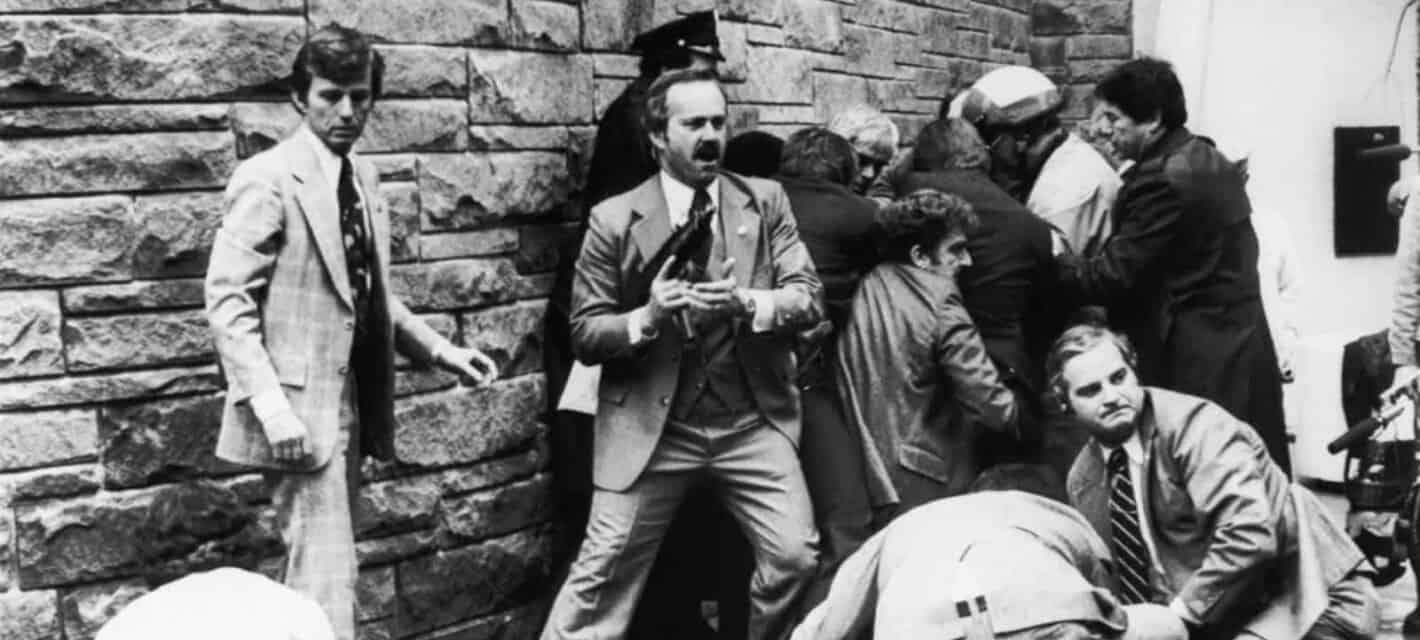Over the last few decades, presidential assassination attempts have become such regular occurrences, it sometimes feels as if this was always the case. However, it took roughly 46 years before the first assassination of an American President was attempted. The 7th President of the United States, Andrew Jackson, was the first to have an assassin and the first to escape his would-be killer. Luckily, most attempts fail. Below are some of the most bizarre and mysterious assassination attempts in American history.

Andrew Jackson and the Man who Thought he was King
The failed assassination of President Andrew Jackson was, in many ways, the most miraculous. By all accounts, Jackson’s assassin should have been successful in at least wounding the President. Yet history records a very different outcome. In Jackson’s day, a person with an inclination to end the life of a U.S president could do so with ease. Buildings like the Capitol building and the White House were often open to visitors with little or no security. Typically, no one checked for weapons and a visitor could get very close to important people – including the President.
On a dark and damp January day in 1835, Andrew Jackson was attending the funeral of a Congressman. After the funeral, the rapidly-aging Jackson feebly made his way to the portico of the Capitol building. It was there that a deranged man took advantage of lax security and a public event. A well-dressed man pressed through a crowd getting within 10 feet of Jackson. Without uttering a word, he raised a flintlock pistol and pointed it straight at the heart of the president, pulling the trigger.
The series of events that happened next is hard to believe. Though the percussion cap ignited, it failed to light the gunpowder which would have sent a bullet into the heart of “The Hero of New Orleans” as Jackson was known. Jackson and at least two other men standing close to the assassin attempted to strike at him, but before anyone was able to do so, he produced a second gun, pointing the new firearm at Jackson, once more pulling the trigger. Again, the percussion cap ignited. Again it failed to light the gunpowder.
Jackson, who earlier in the day was so frail, he needed the assistance of the Treasury Secretary to walk, suddenly experienced a new birth of strength, raising his cane, swinging at the would-be murderer, reportedly yelling: “Let me alone! Let me alone! I know where this came from.” The man was quickly subdued and everyone wanted to know who he was and why he did it.
His name was Richard Lawrence and like so many other presidential assassins, it soon became clear that he was mentally ill. For most of his life, he was a fairly normal man but became increasingly violent as he grew older. Eventually, he began to lose his mind completely, claiming that he was a historical king of England as well as the ruler of Rome. As King of Great Britain, he felt the United States was his personal property. Just one day earlier, he was heard repeating the phrase: “I’ll be damned if I don’t do it!”
Later during his trail, Lawrence interrupted repeatedly and claimed that Jackson was attempting to deny him his royal tribute by attempting to dismantle the national bank. Though it took a jury just a few minutes to find Lawrence was mentally insane, Jackson was convinced he was an agent of the Whigs, the opposing political party, though there were no bases to his accusations. The attempt on his life made Jackson paranoid and even more combative which negatively affected the rest of his presidency.

